Home-cooked Vegetables Gingko In Belachan
A twist to our traditional and contemporary ways of preparing kai lan (a.k.a Chinese broccoli or Chinese kale). Instead of having kai lan stir-fried with ginger and garlic, or boiled (or steamed) and served with oyster sauce, a little of local flavor and piquancy thrown in by introducing a bit of Malaysian shrimp paste (belachan) and chilli boh (blended chilli paste). This Malaysian Chinese home-cooked dish is speckled with tiny dices of red chilli peppers (cayenne peppers) and dried shrimps whilst Chinese cabbage (a.ka.a Napa cabbage) serves to mellow it all out. Sweet snow peas (or alternatively sugar snap peas) add some deletable crunch, vibrantly delicious flavor, wonderful texture and packed with a wealth of health-promoting nutrients. To round out the dish with more nutrition, fresh ginkgo nuts which is touted and well recognized for its postive effect on brain functioning, are added in.
Below is the how-to recipe for home-cooked vegetables gingko in belachan. This is a healthy vegan dish which is packed with a great nutritional values.
Below is the how-to recipe for home-cooked vegetables gingko in belachan. This is a healthy vegan dish which is packed with a great nutritional values.
Ingredients :
1 packet of fresh gingko nuts (鲜白果或銀杏)
100g kai lan (a.k.a. Chinese broccoli or Chinese kale) (芥兰)
50g Chinese cabbage (a.k.a. Napa cabbage), cut into pieces (大白菜,黃芽白或津白)
50g sweet snow peas (or alternatively sugar snap peas) (甜豆)
1 red chilli pepper (a.k.a cayenne pepper) (红辣椒), cut into pieces
Some dried shrimps (虾米), soaked, chopped
A bit of shrimp paste (locally known as belachan) (峇拉煎), about 1cm
1/2 tbsp chilli boh (blended chilli paste but not sambal)
2 pips garlic
1 tbsp oil
1 tsp tapioca flour (薯粉), mix with 1 tsp water
Seasoning :
1 tsp light soy sauce
A pinch of sugar
50ml water
Method :
1. Sweet snow peas better to be trimmed off the ends before cooking. Pinch off the stem and then pull the string down the full length of the pod. Repeat the procedure on the other side. If desired, you may leave the strings intact. Some have a calyx and that should be removed for aesthetic as well as practical reasons. A quick snap of the wrist with or without a paring knife will do the trick.
2. Heat up a pot of hot water, blanch all vegetables for a while. Remove for later use. Drain on a sieve to discard excessive water.
2. Heat up a pot of hot water, blanch all vegetables for a while. Remove for later use. Drain on a sieve to discard excessive water.
3. Heat up a wok (or skillet) with some oil, add in minced dried shrimps, stir fry until fragrant. Add in belachan, chilli boh and all seasonings, stir fry over low heat until fragrant and boiled.
4. Return vegetables, stir quickly over high heat, keep stirring while pouring tapioca flour mixture. Stir till gravy thickens. Serve with steamed white rice.

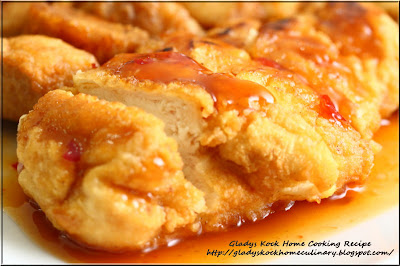
+1.jpg)
.jpg)
+2.jpg)

.jpg)

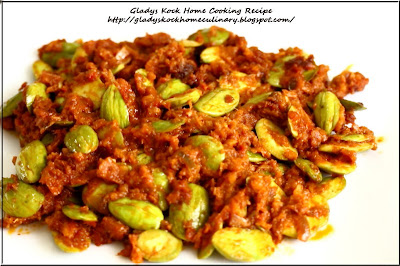

.jpg)
+Ingredients+and+How-To.jpg)






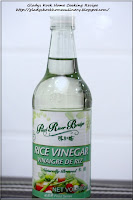
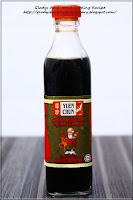
+%E8%99%BE%E9%85%B1.jpg)

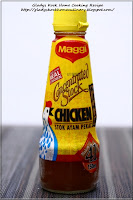






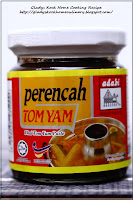
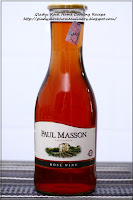





++%E5%B3%87%E6%8B%89%E7%85%8E.jpg)
++%E5%B3%87%E6%8B%89%E7%85%8E.jpg)









+or+bunga+kantan+%E5%A7%9C%E8%8A%B1.jpg)
.jpg)
+%E7%BA%A2%E8%BE%A3%E6%A4%92.jpg)
